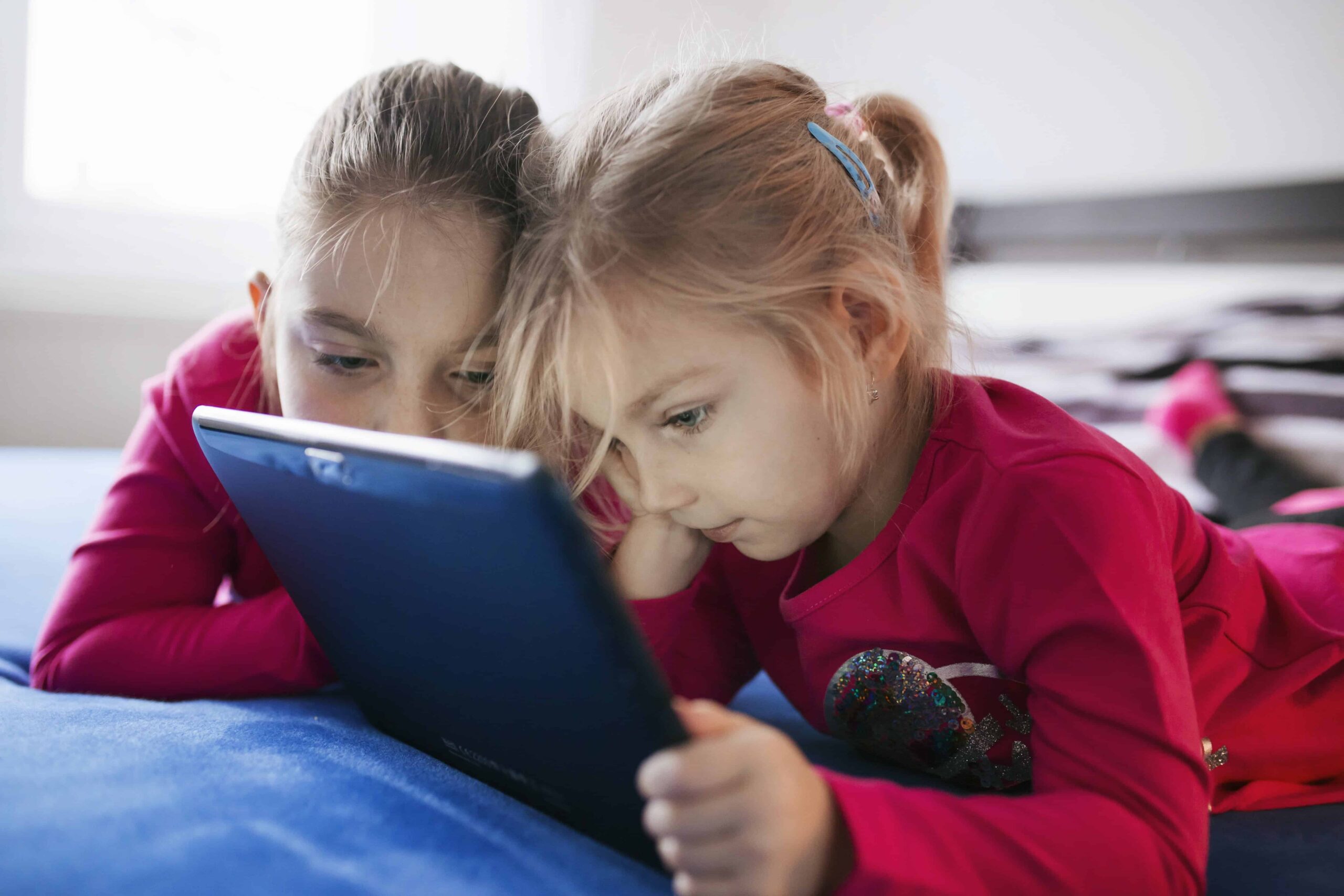As the debate over children’s safety online intensifies, Australia’s recent move to impose a social media ban for children has sparked discussions about its effectiveness and potential adoption in other countries. The Australian government has taken a bold step in addressing concerns over the mental health impacts of social media on young users. However, experts are now examining whether such measures can genuinely protect children or if a more nuanced approach is required.
The initiative, aimed at restricting access to social media platforms for children under a certain age, stems from growing evidence linking excessive social media use to issues such as anxiety, depression, and cyberbullying. Advocates for the ban argue that limiting children’s exposure to these platforms can help mitigate risks associated with online interactions, fostering a healthier digital environment.
However, the effectiveness of such a ban is still under scrutiny. Critics suggest that outright restrictions may not be the solution. Instead, they advocate for targeted education that builds children’s digital capabilities and prepares them to navigate the online world safely. This educational approach emphasizes teaching children about responsible online behavior, critical thinking, and the importance of privacy and security.
Also Read: WHO Approves World’s First Mpox Vaccine for Use in Targeted Areas
Research indicates that simply banning social media may not address the root causes of the problems associated with its use. Instead, a comprehensive strategy that combines education with parental guidance and open communication may yield better results. Programs designed to enhance digital literacy can empower children to make informed choices about their online engagement, helping them to understand the implications of their actions and the potential risks involved.
Moreover, experts highlight the importance of involving parents and caregivers in this process. Educating parents about the digital landscape and encouraging them to engage in conversations with their children about social media can create a supportive environment for young users. By fostering open dialogue, parents can help children develop resilience and coping strategies for dealing with online challenges.
Australia’s social media ban has also raised questions about enforcement and compliance. Implementing such restrictions can be complex, as children often find ways to bypass age restrictions through various means. This reality further underscores the need for a multifaceted approach that prioritizes education over prohibition.
Additionally, the global nature of social media platforms means that any national ban may have limited effectiveness without international cooperation. Countries facing similar challenges must collaborate to create a cohesive strategy that addresses the complexities of online safety for children.
As discussions continue, it is clear that the conversation around children’s social media use must evolve. While bans may offer a temporary solution, the long-term success of protecting children online lies in equipping them with the skills and knowledge they need to navigate the digital world responsibly.
In conclusion, Australia’s social media ban for children represents a significant step in addressing the growing concerns surrounding online safety. However, evidence suggests that a more effective approach may involve targeted education and parental involvement. By focusing on digital literacy and fostering open communication, society can better prepare children to thrive in an increasingly digital landscape, ensuring that they can engage with technology in a healthy and informed manner. As countries around the world consider similar measures, the lessons learned from Australia’s experience will be crucial in shaping future policies aimed at protecting young users online.



